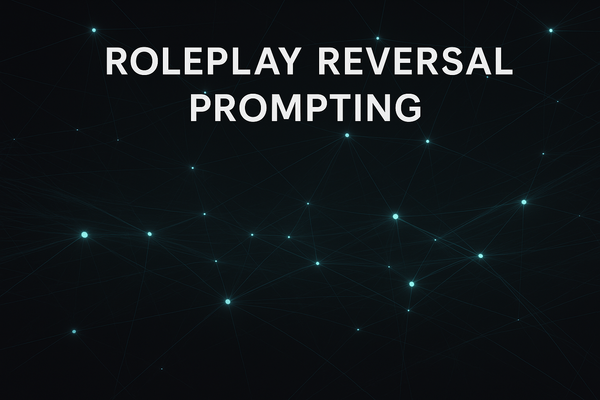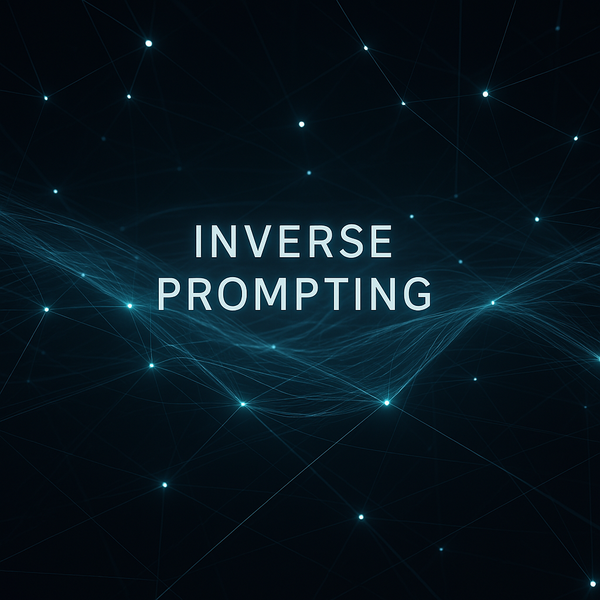Embedding-Rich Prompting
Embedding-rich prompting gives LLMs a memory — not by training, but by context injection.

Embedding-rich prompting gives LLMs a memory — not by training, but by context injection.

Roleplay reversal makes the AI the user. You become the machine. It’s one of the best ways to train, test, or simulate real-world usage — especially when you're prototyping LLM interfaces.

Inverse prompting is prompt forensics. It flips the script—working from outputs to plausible inputs. It’s essential for audit trails, meta-model training, and understanding how LLMs think in reverse.

These platforms offer a range of services, from natural language processing to computer vision and beyond. In this blog post, we'll dive deep into some of the most popular AI platforms, exploring their strengths, weaknesses, and unique features to help you make an informed decision.

Crafting and implementing a series of interconnected prompts to achieve complex outcomes and deeper insights.

Navigating the fine line between fostering creativity and imposing necessary constraints in AI-generated content.

The clarity and precision of prompts are foundational to maximizing the effectiveness of AI interactions.

The integration of contextual cues into AI prompts marks a significant leap forward in the evolution of AI interactions.

Emotional intelligence (EI) in AI interactions represents a frontier in creating more human-centric, empathetic responses from AI systems.

Storytelling is not just an art; it's a powerful tool for communication and engagement.

Feedback loops are essential in the realm of AI and machine learning, serving as the cornerstone for continuous improvement and refinement. This guide focuses on how to effectively implement and optimize these loops within your AI interactions, ensuring your prompts evolve and improve over time.

Diving into the art of question framing reveals a powerful tool in the interaction with AI technologies.